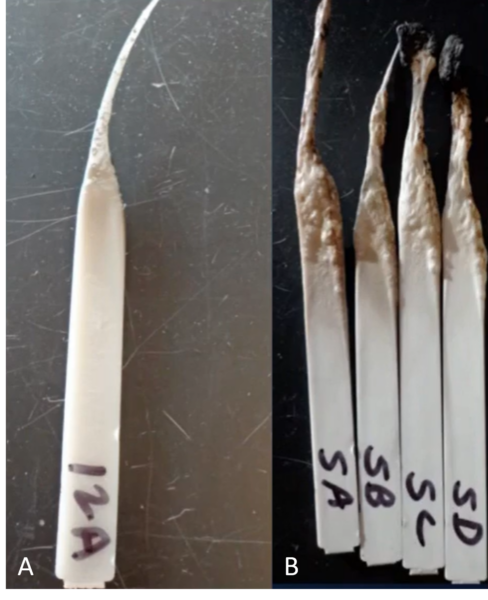Greenland Minerals as Potential Flame Retardants

PyroSpar, a derivative of the mineral anorthosite, is emerging as a novel element in the non-halogenated flame retardant’s domain.
As industries shift toward eco-friendly alternatives, its distinctive attributes propose a novel approach to augmenting fire resistance, emphasizing sustainability.
You can also read: Embracing Sustainability With Bio-based Flame Retardants.
The Danish company Lumina Sustainable Materials has distinguished itself in the materials science area through its strategic focus on sustainable solutions. Their collaboration with Greenland to utilize its unique mineral resources has positioned them as pioneers in the field, particularly through their innovative use of PyroSpar, a specialized form of a stable mineral called anorthosite.
Anorthosite’s Role
Anorthosite, predominantly comprising plagioclase feldspar, is celebrated for its exceptional purity and stability. These features render it an ideal candidate for diverse industrial uses. Extracted from Greenland’s untouched terrains, PyroSpar epitomizes the fusion of natural splendor and scientific ingenuity, reflecting Lumina’s commitment to environmental stewardship and innovation.
Flame Retardant Mechanism
Anorthosite shares similarities with minerals like Wollastonite, Kaolin, and Lime, offering a blend of their characteristics. Its deployment in flame retardants introduces an intumescent-like action. However, unlike traditional intumescents that form a foamy char to impede combustion and minimize heat transfer, PyroSpar develops a ceramic barrier, outperforming char in insulation. Furthermore, Anorthosite’s surface activation feature facilitates temperature regulation of the flame retardant, enhancing its adaptability across various polymers.
Technological Advancements and Challenges
Incorporating PyroSpar into HDPE has yielded promising outcomes, achieving a V2 rating at a 30% inclusion rate in HDPE masterbatch. These developments underscore PyroSpar’s potential in enhancing material safety standards. However, addressing the dripping phenomenon remains a critical challenge, indicating areas for future refinement and innovation.

A) Lumina flame retardant Vs B) Phosphorous chemistry control. Courtesy of Lumina Sustainable Materials.
Lumina’s innovative use of anorthosite in PyroSpar not only introduces a novel flame retardant solution but also aligns with the growing demand for environmentally responsible materials. As industries across the globe increasingly prioritize sustainability, the development and integration of materials like PyroSpar could play a crucial role in setting new standards for safety and environmental care in the manufacturing and construction sectors.
Paradigm Shift
Looking ahead, experts emphasize the need for a paradigm shift when adopting non-halogenated flame retardants. Success will require synergistic combinations of multiple retardants in larger quantities to replicate current effectiveness. Continual research and development are crucial to enhance the quality of our products and services.
